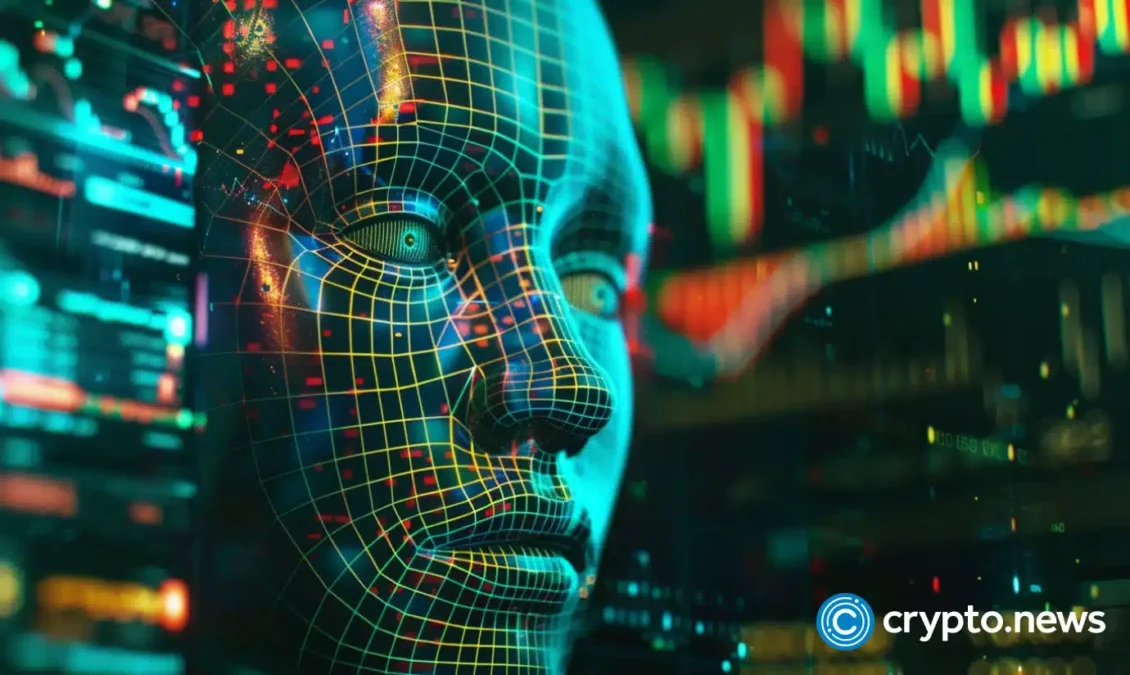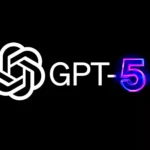In the ever-evolving landscape of cryptocurrencies, innovation isn’t just about faster blockchains or cheaper transactions. A deeper revolution is taking place in how crypto economies function—and it’s being led by artificial intelligence (AI). At the heart of every crypto project lies a blueprint known as tokenomics, and now, AI is redefining how these economic models are designed, implemented, and optimized.
This article explores how AI-driven tokenomics is shaping the future of decentralized finance, offering dynamic, intelligent systems that respond to market shifts, user behavior, and global trends in real time.
🔎 What Exactly Is Tokenomics?
The term tokenomics refers to the rules and strategies that define how a digital token works within its ecosystem. It involves how tokens are distributed, how many exist, how they’re used, and how their value is maintained or increased.
Key elements include:
- Token supply and issuance
- Utility and purpose of the token
- Incentive models
- Inflation or deflation mechanisms
- Governance participation
Strong tokenomics ensures a balanced and sustainable ecosystem. Weak tokenomics leads to poor adoption, low engagement, and eventual collapse.

🤖 Why Bring AI into Tokenomics?
Traditional tokenomics are static. Once a smart contract is deployed, the economic rules often remain unchanged unless a governance vote initiates changes. But crypto markets move quickly, and static models struggle to adapt to volatility, changing user behavior, or external economic conditions.
This is where artificial intelligence steps in.
AI enables dynamic, responsive, and personalized economic systems that adjust in real-time. It transforms tokenomics from a fixed set of rules into an intelligent framework that evolves with the ecosystem.
💡 How AI Enhances Tokenomics
Here are several groundbreaking ways AI is transforming token-based economies:
1. Real-Time Supply Adjustments
AI models can analyze transaction volumes, user activity, and market sentiment to decide whether more tokens should be minted or if supply should be restricted. Instead of pre-defined supply events, AI enables supply that adapts to actual demand.
2. Smart Incentive Structures
Using machine learning, AI can personalize reward systems based on user contribution, wallet activity, or engagement history. It rewards participants based on value—not just stake or size.
3. Anomaly and Fraud Detection
AI systems scan millions of blockchain transactions and patterns, identifying fraud, spam bots, pump-and-dump schemes, and unusual behavior. These detections help maintain a healthy economy and fair governance.
4. Adaptive Governance Systems
Governance tokens often allow users to vote on proposals. AI can support these systems by identifying coordinated voting attacks, suggesting fair voting weights, or summarizing complex proposals for token holders.
5. Predictive Token Flow Modeling
Token movement within a platform (also known as token velocity) affects inflation and engagement. AI models can predict flow trends and recommend adjustments like temporary fee increases or holding bonuses to regulate the ecosystem.
🔁 Static vs AI-Driven Tokenomics: A Comparison
| Feature | Traditional Tokenomics | AI-Driven Tokenomics |
|---|---|---|
| Supply | Fixed or manually adjustable | Adaptive and predictive |
| Incentives | One-size-fits-all | Behavior-based and personalized |
| Fraud Handling | Manual detection | Automated real-time detection |
| Governance | User-led voting only | AI-supported insights and moderation |
| Adaptability | Low | High |
🧪 Real-World Use Cases of AI in Tokenomics
While AI-driven tokenomics is still emerging, a few projects are already experimenting with its potential.
1. Ocean Protocol
Ocean uses data marketplaces and applies AI for optimizing data pricing and access. The OCEAN token model evolves as data usage increases, governed partly by AI-curated reputation scores.
2. DeepBrain Chain
This decentralized AI computing platform uses its native token to allocate computational power. AI helps allocate resources dynamically and price them based on demand and node reliability.
3. Autonio
Autonio offers AI-powered trading tools. The NIOX token supports its ecosystem and AI adjusts trading strategies, fee structures, and user rewards based on market activity.
📊 Why Tokenomics Needs Intelligence
Cryptocurrencies are no longer experiments—they are active economies. And like any modern economy, they need tools to remain efficient and fair. Traditional tokenomics, although foundational, often lack agility. With AI, crypto platforms can respond to change rather than react after it’s too late.
AI brings economic intuition to tokenomics, ensuring projects can:
- Withstand volatility
- Optimize user engagement
- Increase network longevity
- Prevent manipulative behavior
🔐 Addressing the Risks of AI in Tokenomics
While powerful, AI brings its own risks:
1. Transparency Challenges
AI decisions—especially from deep learning models—can be difficult to understand. Stakeholders may distrust decisions they can’t explain.
2. Security Vulnerabilities
AI systems can be manipulated with poisoned data or adversarial attacks, leading to flawed tokenomics behavior.
3. Regulatory Concerns
AI-automated financial systems may come under regulatory scrutiny, particularly if they influence value, access, or voting without human oversight.
4. Overfitting or Misalignment
AI trained on outdated or irrelevant data may produce incorrect decisions. Tokenomics needs continuous model training and human monitoring.
🛠 Guidelines for Building AI-Driven Tokenomics
If you’re designing a project using AI-enhanced economics, consider the following:
- Start Simple: Layer AI over a working economic model; don’t replace human design entirely.
- Ensure Data Quality: Garbage data in means garbage results out. Use verified, clean datasets.
- Maintain Human Oversight: Always include manual override or governance checks.
- Use Explainable AI: Whenever possible, opt for transparent models or provide explanations.
- Regularly Audit AI Models: AI should be reviewed as often as smart contracts or code.
📈 The Future of Tokenomics is Smart, Not Static
The integration of AI into tokenomics will become standard in the next generation of crypto platforms. Communities will expect economic systems that respond in real-time, reward fair participation, and adapt to their needs.
Rather than being stuck in outdated code, token economies will behave more like living systems—self-correcting, self-learning, and self-improving.
AI-driven tokenomics is not just an upgrade. It’s the future architecture of how digital economies will thrive.
🙋 Short FAQs: AI-Driven Tokenomics
❓ What is tokenomics in crypto?
Tokenomics is the design and rules of how a cryptocurrency functions economically—covering supply, usage, rewards, and governance.
❓ How does AI affect tokenomics?
AI enables smart adjustments to tokenomics in real-time, optimizing supply, incentives, and fraud detection using data-driven insights.
❓ Are AI-driven token models already in use?
Yes, platforms like Ocean Protocol, DeepBrain Chain, and Autonio are early adopters of AI-enhanced economic models.
❓ Is AI safe for crypto ecosystems?
If properly monitored and designed, yes. However, transparency, audits, and fallback systems are critical for safety.
❓ Can AI completely control a token economy?
AI can optimize and assist, but full control is risky. The best systems blend AI support with human governance and accountability.
🎯 Conclusion
Crypto isn’t just about decentralization anymore—it’s about intelligent decentralization. AI is unlocking the next evolution of tokenomics, giving projects the ability to adapt like living organisms. As more platforms embrace AI, the line between code and economy will blur, resulting in smarter, fairer, and more sustainable blockchain systems.
The future of tokenomics is no longer theoretical. It’s learning, analyzing, and adapting—just like the humans who created it.



